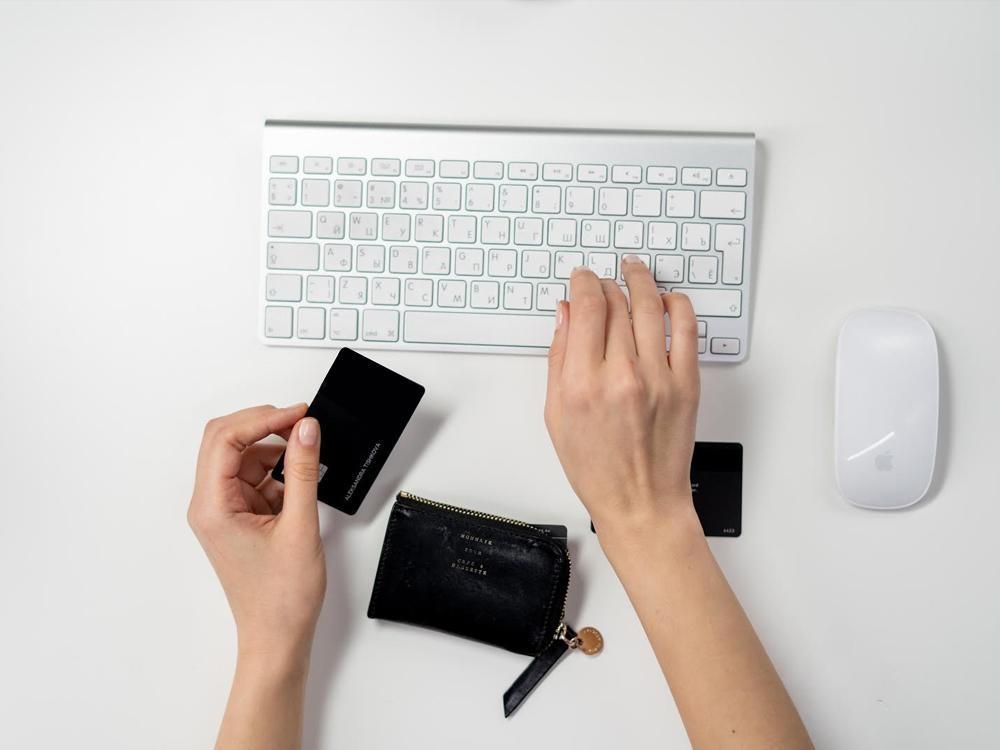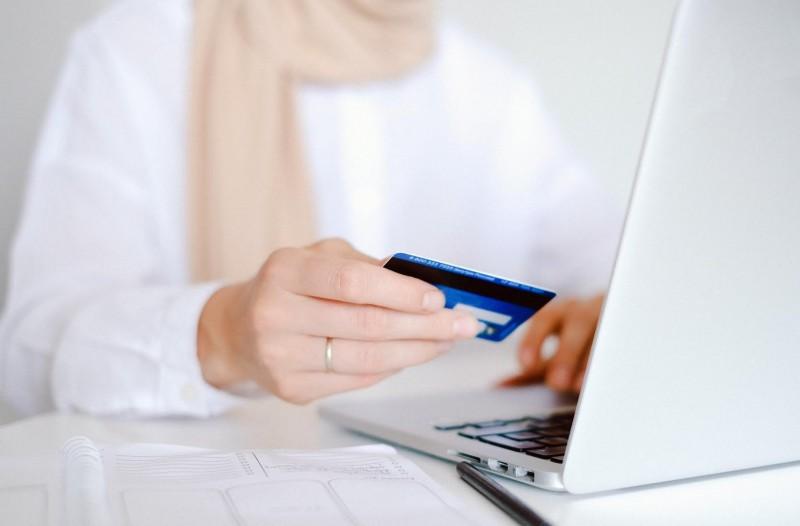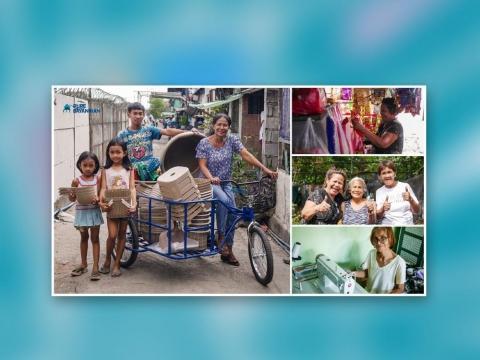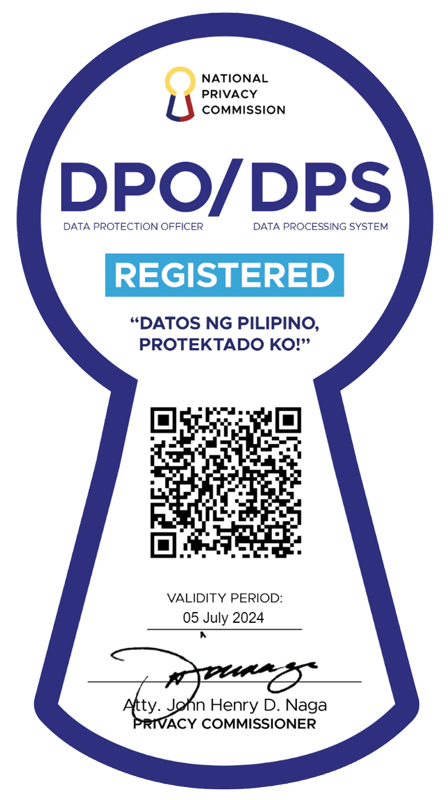Credit card security dos and don'ts

In January, after news about Senator Win Gatchalian's credit card hack, the lawmaker urged the Senate to probe into the rise of phishing and payment card fraud in the country.
Filipinos shifted to online transactions years ago, but the public adopted the advanced system even more during the coronavirus pandemic.
Your credit card data can be stolen right under your nose even if the actual card is still in your possession. To prevent this from happening, we've rounded up some tips on how you can get your credit card accounts under control.
Source: cottonbro (Pexels)
DO research on your card features and online capabilities like apps, security features, pins, etc.
This must be one of the first and most important things to do upon activating your new credit card. It is crucial to know all the tools for using your card. Create online accounts necessary for monitoring your statement, offers, and promos that you might not know about.
DO monitor your transaction history regularly
It is imperative to know every transaction on your card and report immediately if you see any suspicious transactions you are not aware of. Not monitoring your card activity will make you blind to these attacks.
DO create a strong and long password for your online accounts
Create a strong password not only for online banking accounts but in general. It's recommended to have a strong and hard-to-guess password on any online account to prevent cyber attacks.
Using LastPass or any other password management programs is a good idea as they create random passwords for each account in varying complexity and stores these encrypted in its private servers. This might be a lot of work but worth the extra mile for peace of mind.
DO use a RFID blocking wallet when traveling
Stealing your card is getting more sophisticated because of new technology. Card skimming is the act of copying someone's credit/debit card data with the intention of uploading the obtained data into a blank card. It is usually a small device where you swipe a card into.
Nowadays, your card can be copied from a few feet from your wallet. Having all your cards on a Radio Frequency Identification (RFID) blocking wallet will prevent this from happening.
DON'T share your CVC/CVV to anyone
Card Verification Code/Value (CVC/CVV) is the three numbers beside your signature on the back of your card. This three-digit code is the key to using your card online.
Anyone asking for this code probably wants to use your card for personal gain. You probably heard this warning a million times, but those three digits are the last defense line of your card. Don't give it to anyone.
DON'T access your online banking apps through public access WiFi
Connecting to an unsecured network and using it is risky enough, and having to access your banking data on a public WiFi is very unsafe. It is relatively easy to steal information from you through public WiFi. Make sure you have data when traveling, so you would not have to rely on public WiFi.
Another popular solution is a VPN (virtual private network). When using a VPN, all data in your device is unrecognizable to any would-be hackers, even if you access public WiFi. It's not free, though.
DON'T leave your card unattended
Eyes on your card. Particularly in small establishments. Having your card secure online but stolen physically will not do you any good. It is a good practice to check before you leave the store.
DON'T use your card on suspicious websites
This should be general knowledge, but untrusted sites probably leak information online. Do your research before transacting on a not well-known website/app.








